-
Posts
6,217 -
Joined
-
Last visited
-
Days Won
120
Content Type
Profiles
Forums
Downloads
Gallery
Posts posted by Michael Aivaliotis
-
-
You can try here:
http://forums.lavausergroup.org/index.php?showtopic=46
It is a link to a codeless radio button.
However, if you want to program this in code, you are better to use an event structure. You can make an event case for every boolean. When the event fires for that boolean make the others false with a local variable.
-
If you look at the advanced pallete in LV7 you will see the input device control subpallete. There is a VI that returns the scroll position.
I tried running this but could not get it to work. If we could get this to run I think we would be on our way to solve the problem of trapping the scroll button.
-
-
yes i did it before posting.
the thing is that the VI constantly check if all vi's in memory are running
and i was trying to avoid this with just sending an event

Yes, well you don't really have to do it the way they show. I mean you can also just respond to that event. You will have to get the references to those vi's that want to send an event then you can respond to a panel close or anything else.
The way the existing event system works in LabVIEW requires that there be an event case for the specific event you are responding to. You cannot dynamically register NEW events only re-assign existing registrations to other VI's or controls. Hopefully this may be added in future releases.

-
Match pattern is working for me. Scan from String is sometime too strict in it's parsing I've found.
Just be carefull when using Match Pattern. Sometime you forget about special characters that are used in the regular expression input. See example:
As you see we are looking for \b and can't find it since it thinks we want the backspace code. Of course this can be ignored by using \\b but you should be aware of this especially if your regular expression is programmatically generated.
-
This is a confirmed bug from NI support that was just recently reported. I'm surprised that it hasn't popped-up earlier than this.
Create a multi-column listbox with about 5 columns and 1000 rows of data. Make sure you have 1 or more items selection capability enabled. Now using the selection tool (finger) click on the first row then scroll to the bottom of the list and shift-click the last row. This effectivly selects - highlights ALL rows. After doing this, LV hangs.
At first I thought that LV crashed but eventually it comes back and displays the selection. It seems to take longer to come back with the more rows of data you select. Regardless, this is definitly an issue since no-one will wait 5 minutes or more for a user interface to respond. In all essence LV is crashed.
-
> Perhaps it
-
the idea is to make know to VI-2 when n Vi's like VI-1 are closed by the user
but without needing to check constantly if n windows are opened and use the power of the event functionality which is more responsive and less time consuming
I assume you have seen the NI example called: Dynamically Monitor VI's.vi. This will do what you ask. It is a combination of firing events and monitoring panel states. The entire process is very fast and efficient.
You can also investigate ActiveX events that implement VI callbacks. Look at this post for more details.:
-
From the pages of Control Engineering
SoftWire
-
:question:
i am trying to find a way to send an event to another VIespecially a timeout event if possible, but an unused (in that case)
event like "keydown" would be fine
but am embarassed with this hassling registering procedure
and can't make it work
does someone could enlight me or send me a small example for it ?
Here is an image of an example that will pass an event to another VI when a timeout has occured. remember to right-click on the event structure and select Show Dynamic Event Terminals
Can anyone suggest a better approach to passing a timeout event to another VI? Please post any suggestions.
-
 Yes, this can be used on any html page that you want to get off the web. Once the data is received you can just parse out the important content.
Yes, this can be used on any html page that you want to get off the web. Once the data is received you can just parse out the important content.I made a VI that gets the nymber of registered LAVA forum users. I attached an image that shows how to do this. As you see, once the html page is retrieved, the rest of the process is just plain text string manipulation.
-
Listbox symbols can be changed using the Item Symbols property node. You need to feed-in an array of numbers which represent the position of the symbol as it appears on the front panel selector.
If you look at the attached image, you will see that the Item Symbol selector on the front panel is high-lighting the X symbol. This symbol is position 2 in the selector if we count the first position as zero. If you go to the diagram you can see that we just build up an array of indexes that select the symbol we want to use.
A much easier way to do this would be to use the Listbox Symbol Ring Constant located in the numeric constants pallette. This way we can use intuitive icons for selections. Don't worry, I didn't know this was there either until 2 years of using LabVIEW. This is not clearly documented.
Another hidden feature is the ability to create a disabled line effect by entering -1 as an item symbol. Don't try to find the line symbol in the constant. It isn't there. It's only visible on the front panel selector. I guess this is a bug or an ommision.
One final thing to watch out for. Symbols will only show-up for item lines that have text in them!
Enjoy.

-
Of course any good graphic artist can cook up whatever you want. I am still looking for a good Web graphic program that can do this.
I use Photoshop. Since I started using it a year ago, I find it to be the best program out there. This is what I use for the LAVA site. I used it to create the text in the logo and headers and the special button graphics on this forum. It really can't be beat. My most favorite feature is the drop shadowing effects. Whenever I use it I find it adds depth and realism t text and graphics.
If you don't want to spend too much money and want a simple interface, there is Paintshop Pro. It is not so loaded down with complex features and capabilities but it does the job well.
-
I think this is a good demonstration of using graphic images to replace common elements of a control. This VI sparked an idea that we could add to the wish list.
 See how you have tiled several images to create a background? I think it would be great to have the ability to specify an image in the VI properties and let LV tile then automatically. This would be similer to the HTML tag in web pages to tile a background.
See how you have tiled several images to create a background? I think it would be great to have the ability to specify an image in the VI properties and let LV tile then automatically. This would be similer to the HTML tag in web pages to tile a background. -
To check, if you recovert the seconds back into LabVIEW time the clock should be off by 66 years but the hours and time of day should be the same. Some constants proposed have a 1 hour offset. (Although I am scratching my head about leap years which logically should subract a day for every 4 years. (16.5 days for 66 years) but the simple calculated offset is still correct)
Actually, Jack you are right, there is a leap year issue. I'm not sure why it is working for you because it is NOT working for me. I think you should NOT just subtract the 66 years in seconds. You should be subtracting the number of seconds until jan 1 1970 from 1904.
-
This information was given to me several years ago. I don't know if NI still performs this service.
It turns out that NI doesn't perform this service anymore. For legal reasons they have stopped doing this.
-
With the event structure in LV7 and user events, a number of other possibilties for architectures become available. I was able to add my NI_week slides by zipping up the file rather than sending as .llb in case anyone wants to see how I used the event structure with user events to create a nested tab control example using only the event structure and with no polling.
Don,
Could you re-post the attachment called "NI week interface slides lv7.zip"?
While upgrading the forums I discovered that this file was not uploaded properly and was in fact blank!

-
Have you considered using the Remote Panels feature in LabVIEW? I've used this extensivly and found it to be an easy and safe way to handle remote monitoring and control. In addition, the clients can be running web browsers so you don't need to build a custom application to handle the VIserver communication.
-
I'm not sure if you are referring to embeded panels. I'm assuming you need a standard pop-up VI.
The easiest way to create a pop-up VI panel is to set the VI to open the panel when called and close the panel if originaly closed. See the attached image:
In order to bring up this property window, you must right-click on the icon in the top-right corner of the front panel of the VI you want to make pop-up.
-
I think you're in trouble there. There are several people who have attempted to crack the passwords in VI's but have not succeeded. In any case, you may still have an option. National Instruments may be able to unlock the VI's for you. You have to prove that you are the owner of the code. If you are truly the owner of the code and you have your name or company name printed somewhere inside the diagram or fornt panel, then Ni will help you.
This information was given to me several years ago. I don't know if NI still performs this service.
-
A similer question was posted on Info-Labview. Here was my response:
> I don't know what version of LV you are using but try this:>
> LV7 & 6.1: In Tools>>Options>>Miscellaneous, enable:
> -Treat read-only VIs as locked
> -Do not save automatic changes
>
> See if this helps.
>
> Michael Aivaliotis
>
> > Is there a way to skip the "save" dialog box when shutting down
> > LabVIEW? I use a mix of common
> > code downloaded from a server and local code specific for each
> > test set. Whenever I shut down the
> > program (LabVIEW vi's) it will always prompt the tester to "save"
> > all changed vi's. The changed
> > vi's are from the server and "ask" to be saved because there path
> > has been changed. But, I don't
> > want the testers to save these vi's.
> > Is there a secret .ini setting or some other method to achieve
> > this effect?
-
Well, I zipped the messages since Oct. 17-2003 until today. If you have Outlook (sorry) you can view them... Here they are:
-
Well, it looks like it's back again.

-
Well, I don't think there are any exposed properties for this. There may always be some hidden ones. :wink: In any case, there may be a workaround, it depends on what you're after. If you use the "classic" cluster then you can make it transparent. This will make the frame go away and then you can put another object behind the cluster so the outline of it is shown behind it. Then you can change the colour of this object (color box?)via a property node. There is another option to embed this object as an element within the cluster. However this introduces an unnecessary data object which you may not want.




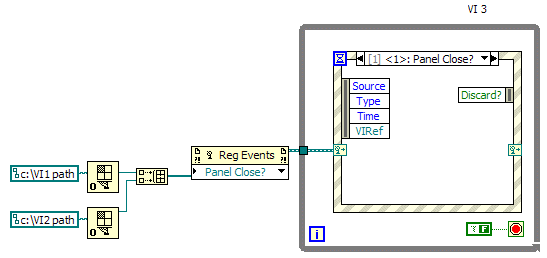

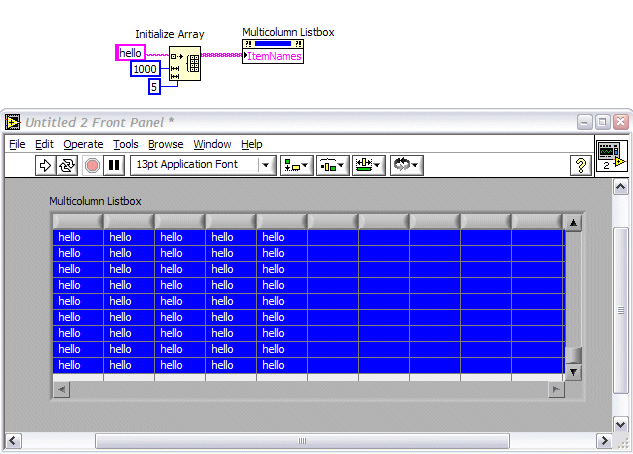
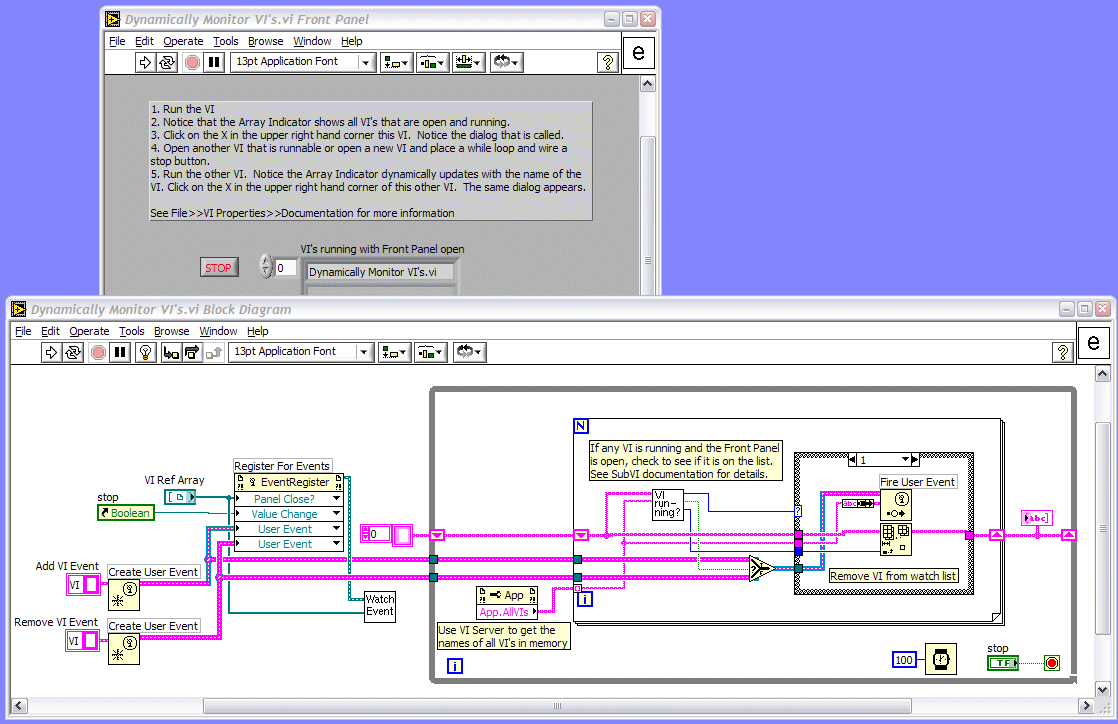
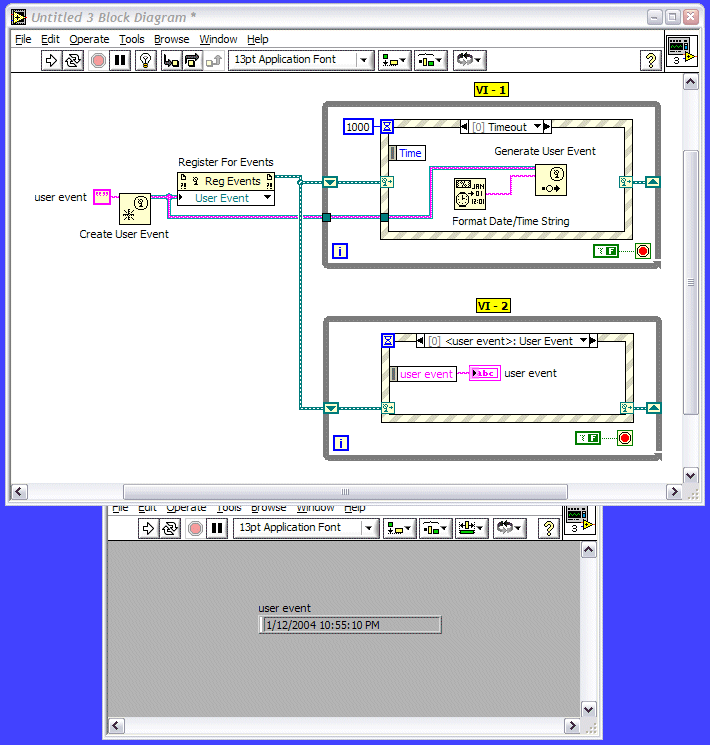
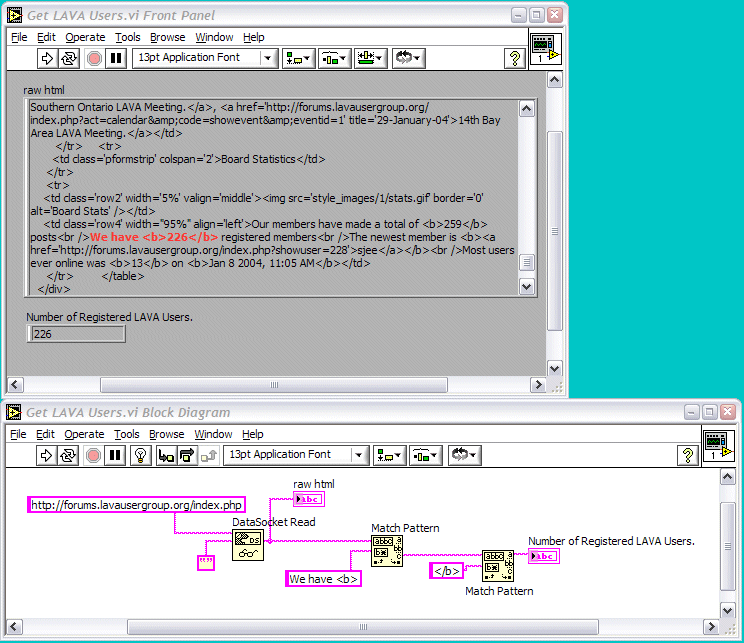
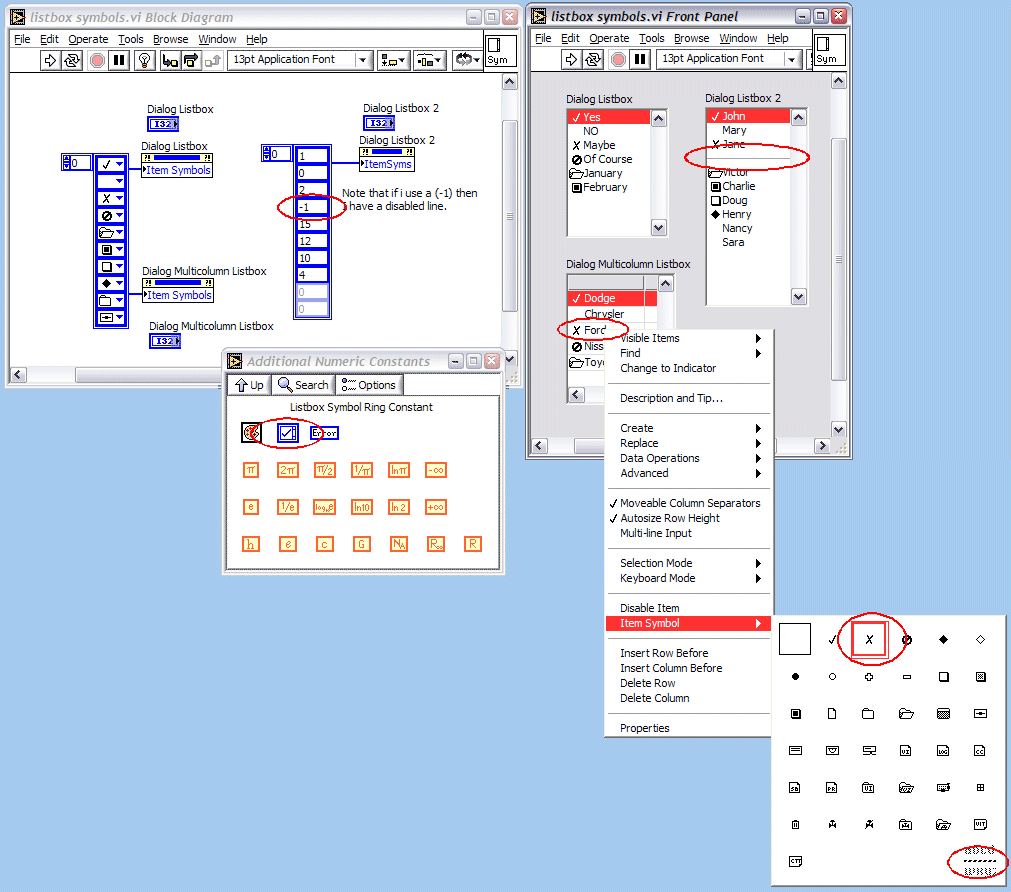
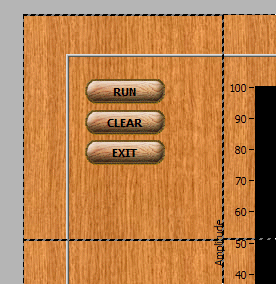

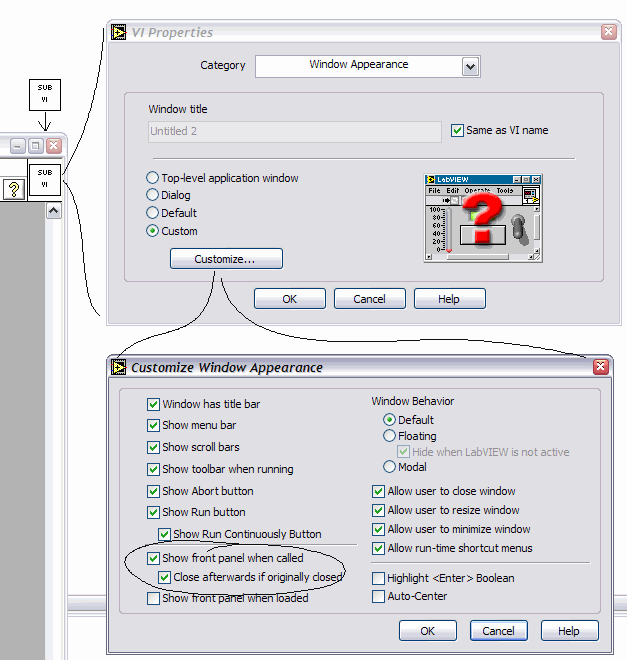
Case
in Development Environment (IDE)
Posted
You can use the "lexical class" function on the comparison pallette. Be carefull, this operates on only the first character so you need to parse through each character.